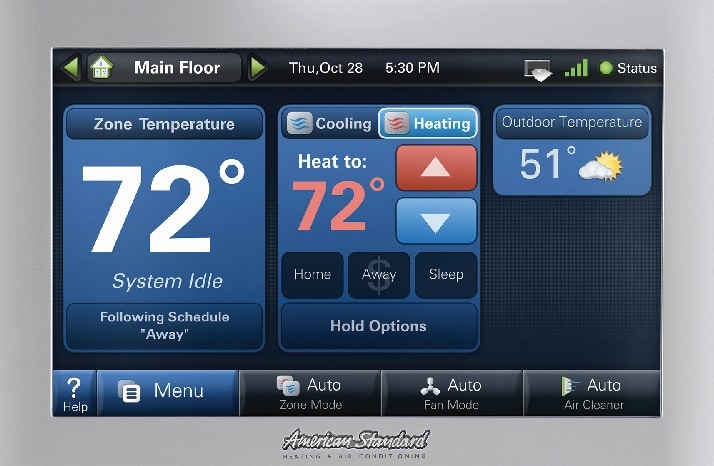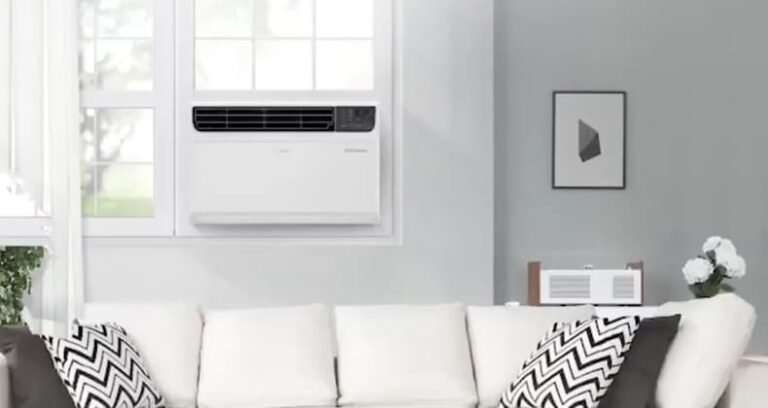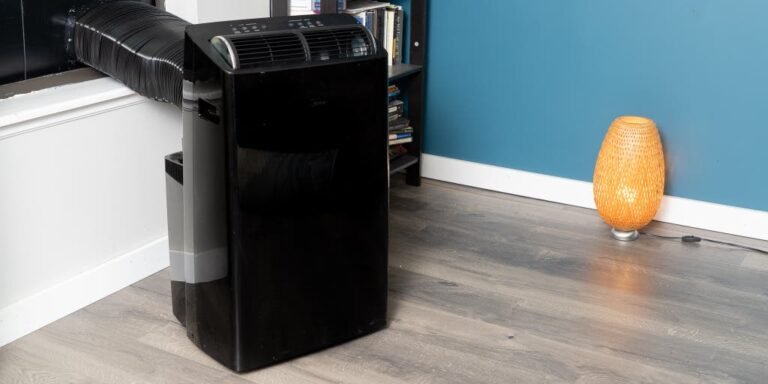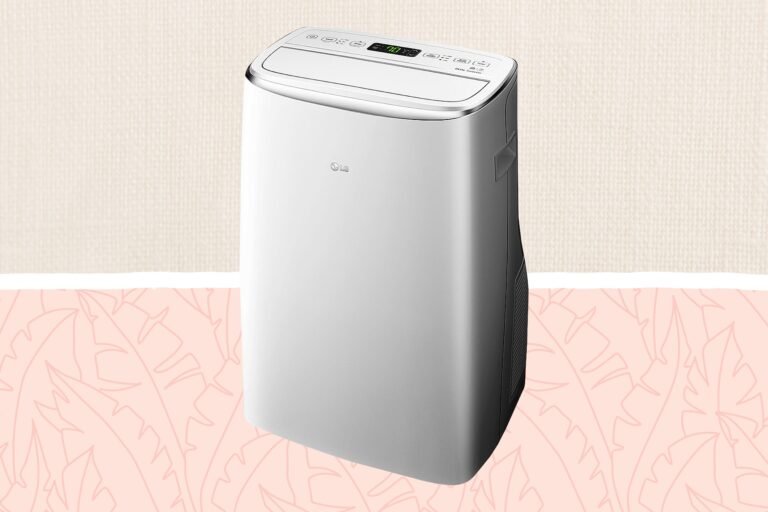American Standard Thermostat Not Working: Troubleshooting Tips to Fix the Issue!
If your American Standard thermostat is not working, check for power supply issues and consider replacing the batteries or resetting the thermostat. If the problem persists, you may need to contact a professional technician for further assistance.
Having a functioning thermostat is crucial for maintaining a comfortable indoor temperature. However, if you’re facing issues with your American Standard thermostat, such as it not working properly, it can be quite frustrating. We will explore some common reasons why your thermostat may not be working and provide you with simple solutions to address the problem.
By following these steps, you can potentially save yourself from unnecessary expenses and restore the functionality of your thermostat. So, let’s delve into the possible causes and troubleshooting methods to ensure your American Standard thermostat is up and running efficiently once again.

Credit: www.hydesac.com
Thermostat Display Not Turning On
If your American Standard thermostat is not working and the display is not turning on, there are a few things you can check to troubleshoot the issue. First, make sure to check the power source. Ensure that the thermostat is properly connected to a power supply and that the power switch is turned on. If the thermostat is connected to a circuit breaker, inspect the breaker to make sure it hasn’t tripped. Reset it if necessary.
Another possible cause for the display not turning on could be low battery power. Check if your thermostat uses batteries and if they need to be replaced. A weak or dead battery can prevent the display from functioning properly.
By following these steps and ensuring a proper power connection and fresh batteries, you can address the issue of your American Standard thermostat display not turning on and get your thermostat working again.
Thermostat Not Heating/cooling Properly
American Standard Thermostat Not Working
Thermostat Not Heating/Cooling Properly
One common issue you may encounter with your American Standard thermostat is that it is not heating or cooling properly. To troubleshoot this issue, there are a few steps you can take:
Check the temperature settings: Ensure that the temperature settings on your thermostat are correctly set to your desired temperature. Sometimes, the thermostat may be set too low or too high, causing it not to heat or cool properly.
Check the air filters: Clogged or dirty air filters can restrict airflow and impact the performance of your heating or cooling system. It is recommended to check and clean or replace the air filters regularly to solve this issue.
Check the heating/cooling system: If the temperature settings and air filters are not the problem, there may be an issue with your heating or cooling system. It is advisable to inspect the system for any visible issues or contact a professional HVAC technician for assistance.
Inaccurate Temperature Readings
Inaccurate Temperature Readings
If your American Standard thermostat is not working properly and you are getting inaccurate temperature readings, there are a few steps you can take to resolve the issue.
Calibrate the thermostat: Begin by calibrating the thermostat to ensure accurate temperature readings. Consult the manufacturer’s instructions or user manual for detailed steps on how to calibrate your specific model.
Relocate the thermostat if necessary: Sometimes, the placement of the thermostat can affect its performance. If it is located in direct sunlight, near heat sources, or in a drafty area, it may not provide accurate readings. Consider moving it to a more ideal location to achieve better results.
Check for drafts around the thermostat: Cold drafts or air leaks near the thermostat can cause incorrect temperature readings. Inspect the surrounding areas for any gaps or cracks and seal them properly to eliminate drafts.
Taking these steps should help address the issue of inaccurate temperature readings with your American Standard thermostat and ensure that it is working optimally.
Step 1: Verify Power Source
Step 1: Verify Power Source
| Check if the thermostat is receiving power |
| Inspect the circuit breaker |
| Replace batteries if applicable |
If your American Standard thermostat is not working properly, the first step is to verify the power source. Start by checking if the thermostat is receiving power. This can be done by ensuring that it is properly connected to the electricity supply. You can also inspect the circuit breaker to see if it has tripped or if there are any issues with the electrical connections. If the thermostat is battery-powered, replace the batteries to ensure that it has sufficient power to function. By taking these initial steps, you can identify and resolve any power-related issues with your American Standard thermostat.
Step 2: Check Temperature Settings
In order to troubleshoot an American Standard thermostat that is not working, it is important to check the temperature settings. First, ensure that the thermostat is set to the desired temperature. If the temperature is not set correctly, adjust the temperature settings as necessary. This could involve increasing or decreasing the temperature depending on the desired comfort level. It is also important to check if there are any scheduling or programming settings that may be affecting the thermostat’s operation. Some thermostats have different modes such as “heat”, “cool”, or “auto”, so make sure the correct mode is selected. By ensuring the thermostat is set to the desired temperature and making any necessary adjustments, you can help resolve issues with an American Standard thermostat that is not working.
Step 3: Inspect The Air Filters
One common issue that can cause an American Standard thermostat to stop working is dirty air filters. Dirty air filters can restrict airflow and prevent the system from functioning properly. To address this issue, follow these steps:
- Remove the air filters: Locate the air filters in your HVAC system and carefully remove them.
- Clean or replace the filters: If the filters are washable, use mild soap and water to clean them thoroughly. Allow them to dry completely before reinstalling. If the filters are disposable, replace them with new ones.
- Ensure unobstructed airflow: Before reinstalling the filters, check for any obstructions that may hinder the airflow, such as debris or dust accumulation. Clear any obstructions to ensure proper airflow.
Regularly maintaining and cleaning your air filters is essential for the efficient operation of your American Standard thermostat. It is recommended to clean or replace the filters every few months, depending on the manufacturer’s guidelines and the level of dust in your environment.
Step 4: Verify Proper Functioning Of The Heating/cooling System
htmlStep 4: Verify Proper Functioning of the Heating/Cooling System
Before troubleshooting the thermostat, it’s important to ensure that your heating/cooling system is in working condition. Start by checking if the system is operational. Turn on both the heating and cooling modes, one at a time, and observe whether they are functioning as expected. If any issues are noticed, such as a lack of airflow or inconsistent temperatures, it may indicate a problem with your system.
Inspect for any malfunctioning components
Inspect your heating/cooling system for any malfunctioning components. This could include checking for leaks, broken wires, or faulty sensors. Look for any signs of damage or wear and tear. If you notice any issues, it’s advisable to contact a professional HVAC technician to diagnose and fix the problem. Remember, it’s essential to have a properly functioning heating/cooling system before troubleshooting the thermostat.
Resetting The Thermostat
American Standard Thermostat Not Working
Performing a thermostat reset can effectively restore the default settings of your American Standard thermostat. It is essential to carefully follow the manufacturer’s instructions for resetting the device.
A simple way to reset the thermostat is to locate the reset button, usually found on the front or back panel. Press and hold the reset button for a few seconds until the display screen or LED indicators blink or change.
In some models, resetting the thermostat may require specific button combinations, such as simultaneously pressing the “Up” and “Down” buttons or a long press of the “Mode” button.
After the reset, the thermostat should reboot and return to its default settings. Keep in mind that any customized temperature settings or schedules may be erased during the reset process, so be prepared to reprogram the thermostat according to your preferences.
Calibrating The Thermostat
Calibrating the Thermostat
One common issue with an American Standard thermostat is when it is not working properly. To troubleshoot this problem, you can start by adjusting the temperature calibration setting. This will help ensure that the thermostat is accurately reading and maintaining the desired temperature.
To begin, you can use an external thermometer to verify the accuracy of the thermostat’s temperature readings. Place the thermometer near the thermostat and allow both devices to stabilize for a few minutes. Note any differences in the temperature readings between the two devices.
If there is a discrepancy, you can proceed with adjusting the temperature calibration setting on the thermostat. Refer to the manufacturer’s instructions or user manual for specific guidance on how to adjust this setting for your particular thermostat model.
Once you have made the necessary adjustments, continue to monitor the thermostat’s performance and check against the external thermometer to ensure accuracy. By calibrating the thermostat and verifying the temperature readings, you can help resolve any issues with an American Standard thermostat not working as expected.
Relocating The Thermostat
Consider moving the thermostat to a more ideal location to ensure proper functioning. Avoid placing it near sources of heat or drafts, as this can affect its accuracy. Heat sources such as direct sunlight, lamps, or appliances can cause false temperature readings, leading to inadequate cooling or heating. Similarly, drafts from windows or doors can disrupt the thermostat’s ability to maintain a consistent temperature. By repositioning the thermostat away from these sources, you can maximize its effectiveness. Additionally, ensure that the thermostat is mounted on an interior wall, away from exterior walls or open spaces, which can also impact its performance. Taking these steps will help to troubleshoot any issues with your American Standard thermostat not working.
Frequently Asked Questions For American Standard Thermostat Not Working
Why Is My American Standard Thermostat Not Working?
The thermostat might not be working due to low battery levels or a malfunctioning wiring connection. It could also be caused by incorrect settings or a software glitch. Check the battery, wiring, and settings to troubleshoot the issue. If the problem persists, contact a professional technician for assistance.
How Do I Check The Battery In My American Standard Thermostat?
To check the battery in your American Standard thermostat, you can remove the thermostat cover and locate the battery compartment. Open it and inspect the battery for signs of corrosion or depletion. If the battery is old or damaged, replace it with a fresh one, ensuring proper installation.
What Should I Do If My American Standard Thermostat Is Not Responding?
If your American Standard thermostat is not responding, try resetting it by removing the batteries and waiting for a few minutes. Put the batteries back in and check if it starts working. If not, consult the user manual for specific troubleshooting steps, or contact customer support for further assistance.
Conclusion
When your American Standard thermostat is not working, it can be quite frustrating. However, with these troubleshooting tips and solutions, you can address common issues and get your thermostat back to functioning properly. Taking the time to assess the situation, checking connections, and resetting the thermostat can often solve the problem.
Remember to consult the user manual or contact a professional if you encounter more complex issues.







